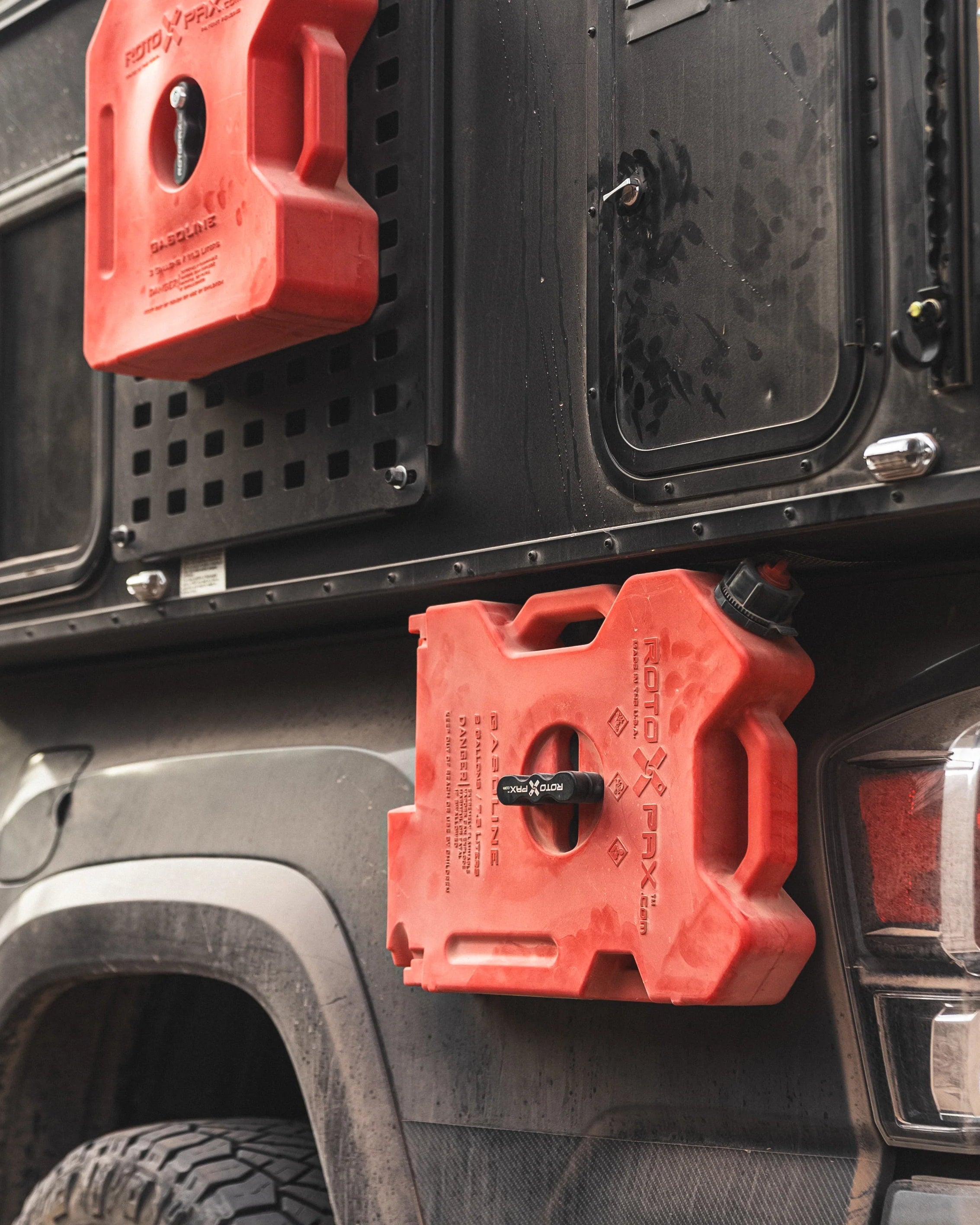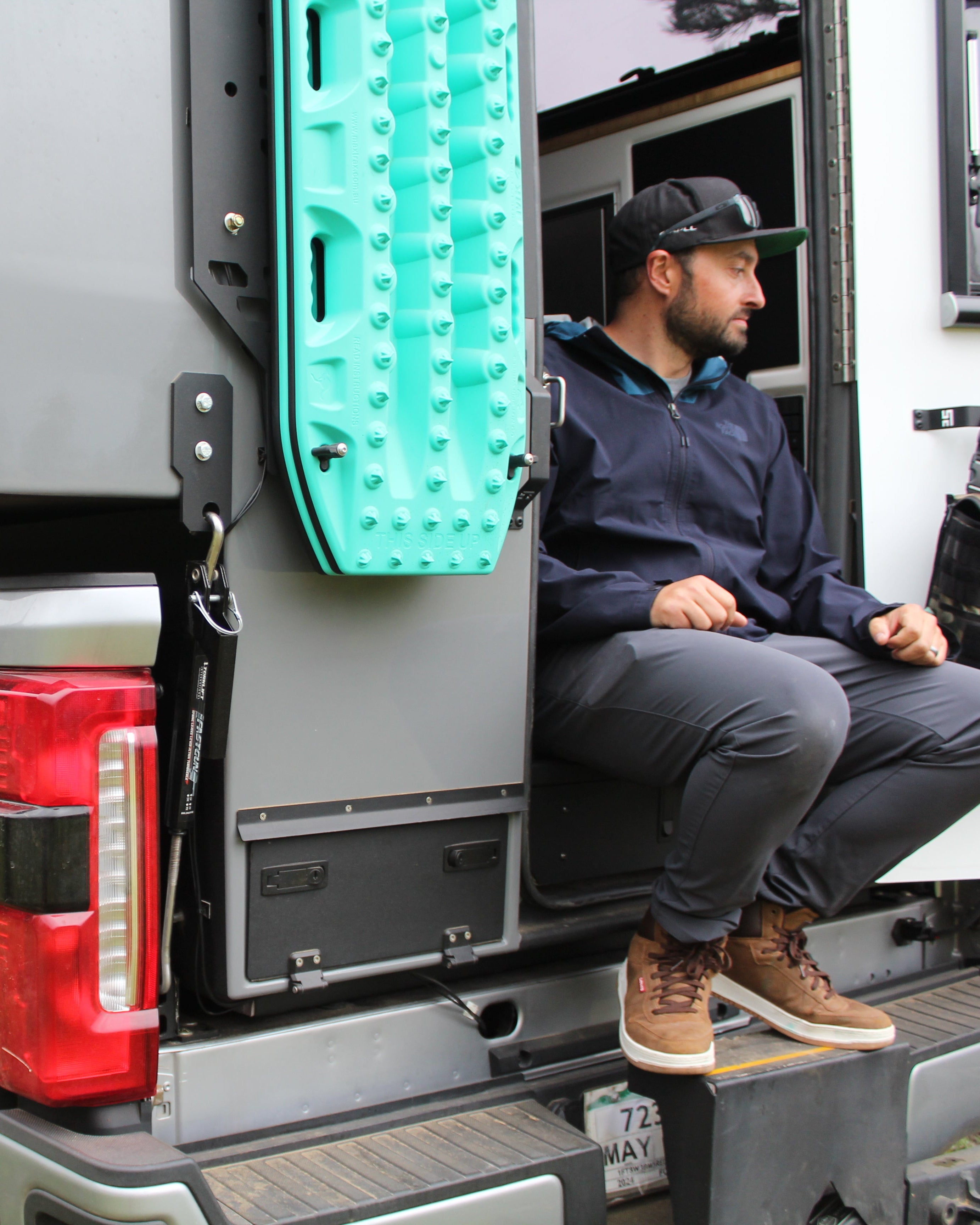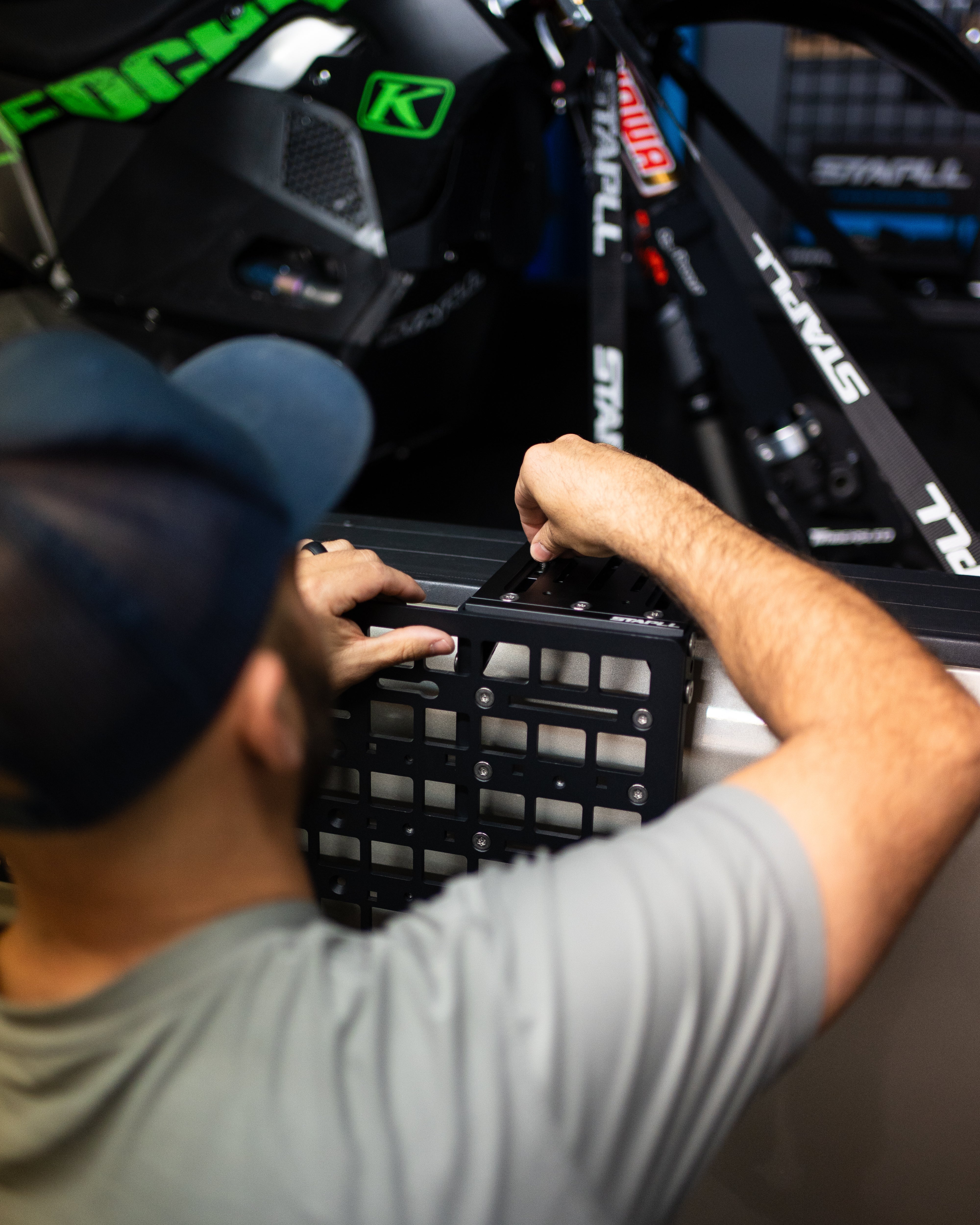A ratchet strap, also known as a tie-down, is a versatile and essential tool used to secure cargo during transportation. But have you ever stopped to wonder how these handy straps are made? Here's a behind-the-scenes look at the process of creating a ratchet strap.
The first step in making a ratchet strap is sourcing the materials. Ratchet straps are typically made from polyester webbing, which is a strong, durable, and weather-resistant synthetic fabric. The webbing is available in various widths and thicknesses to suit different load capacities and applications. In addition to the webbing, other components of a ratchet strap include a ratchet mechanism, a hook or other attachment device, and a label or tag.
Once the materials have been gathered, the next step is to cut the webbing to the desired length. This is typically done using a large, industrial cutting machine that can handle the high volume of webbing used in the manufacturing process. The cut webbing is then fed into a machine that sews the edges to prevent fraying and ensure a clean, finished appearance.
Next, the webbing is fed into a machine that applies the ratchet mechanism. This involves attaching the ratchet handle and the gears that allow the strap to be tightened and secured in place. The ratchet mechanism is typically made of metal or a strong plastic and is carefully assembled to ensure it functions properly.
Once the ratchet mechanism has been attached, the next step is to add the attachment device. This could be a hook, a D-ring, a buckle, or some other type of connector. The attachment device is sewn onto the webbing using a heavy-duty sewing machine, and extra reinforcement may be added for added strength.
There are several factors that can influence the strength of a ratchet strap, including the type and thickness of the webbing material, the design and construction of the ratchet mechanism, and the type and condition of the attachment device. To test the strength of a ratchet strap, there are several methods that can be used, each with its own set of equations and calculations.
One method for testing the strength of a ratchet strap is the tension test, which involves applying a known load to the strap and measuring the amount of stretch or deformation that occurs. The load is typically applied using a tensile testing machine, which applies a force to the strap and measures the resulting elongation. The equation for calculating the tensile strength of a ratchet strap in this test is:
Tensile Strength (TS) = Load (F) / Cross-Sectional Area (A)
Where F is the load applied to the strap in newtons (N) and A is the cross-sectional area of the strap in square meters (m^2).
Another method for testing the strength of a ratchet strap is the yield test, which involves applying a continuous load to the strap until it reaches its yield point (the point at which it begins to deform permanently). The yield strength of a ratchet strap can be calculated using the following equation:
Yield Strength (YS) = Load at Yield Point (Fy) / Original Cross-Sectional Area (Ao)
Where Fy is the load applied to the strap at the yield point in newtons (N) and Ao is the original cross-sectional area of the strap in square meters (m^2).
It's worth noting that these equations are just a few examples of the many methods that can be used to test the strength of a ratchet strap. There are many other factors to consider, such as the type of load being applied (tension, compression, shear, etc.), the duration of the load, and the temperature and humidity conditions. As such, it is important to consult the manufacturer's specifications and guidelines when testing the strength of a ratchet strap.
Finally, the finished ratchet strap is inspected for quality and accuracy. Any straps that do not meet the required standards are set aside for repair or recycling. The good straps are then packaged and shipped out to warehouses, distribution centers, and retail stores, where they will be sold to consumers and businesses in need of a reliable tie-down solution.
In summary, the process of making a ratchet strap involves sourcing materials, cutting and sewing the webbing, attaching the ratchet mechanism, adding the attachment device, and inspecting the finished product. It's a complex process that requires a variety of specialized equipment and skilled workers, but the end result is a dependable tool that helps keep cargo safe and secure during transport.



















Leave a comment
All comments are moderated before being published.
This site is protected by hCaptcha and the hCaptcha Privacy Policy and Terms of Service apply.